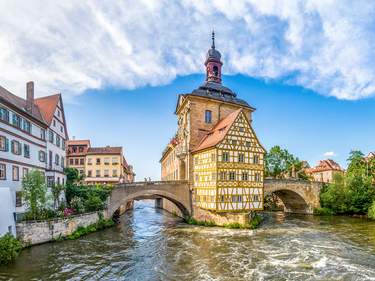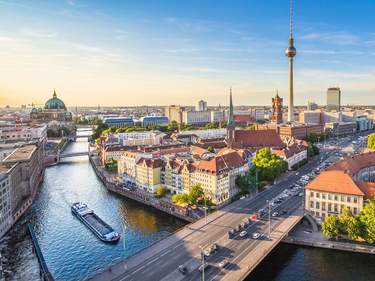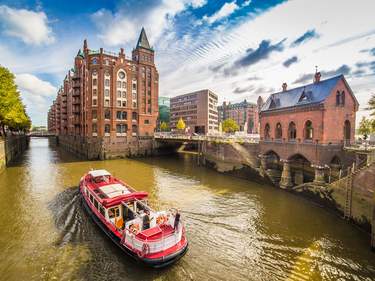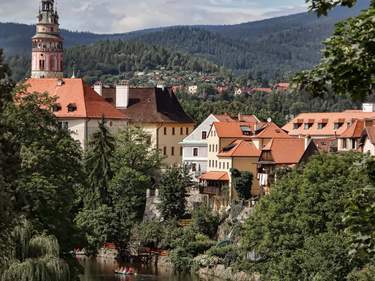1. The Upper Middle Rhine Valley
The Upper Middle Rhine Valley is a picturesque stretch of the Rhine Gorge spanning 65-km (40 miles), between Bingen and Koblenz.
For centuries, the spectacular region has inspired writers, composers and artists with its dramatic landscapes, medieval castles and historic towns. The area heralds some of the best-known scenery in Germany, and is famous for its wine production.
Despite being a major European transport artery for both shipping and rail, it's surprisingly easy to slow down here. There are many legends that surround the valley and its forests.
The Lorelei, a legendary rock on the eastern bank of the Rhine River near St. Goarshausen, is steeped in German folklore as the tale of a captivating siren who bewitches sailors with her voice and appearance. It's also a fantastic picturesque spot to enjoy views of the surrounding landscape.
Beside the Lorelei viewpoint, highlights of the Rhine valley include the half-timbered towns of Bacharach, the castles at Burg Katz, Stolzenfels and Marksburg and Pfalzgrafenstein Castle, in the middle of the river at Kaub.




_listing_1640546826392.jpeg)

_listing_1640551981693.jpeg)




H.Schlaif_c9fcdbdf89.jpeg)










